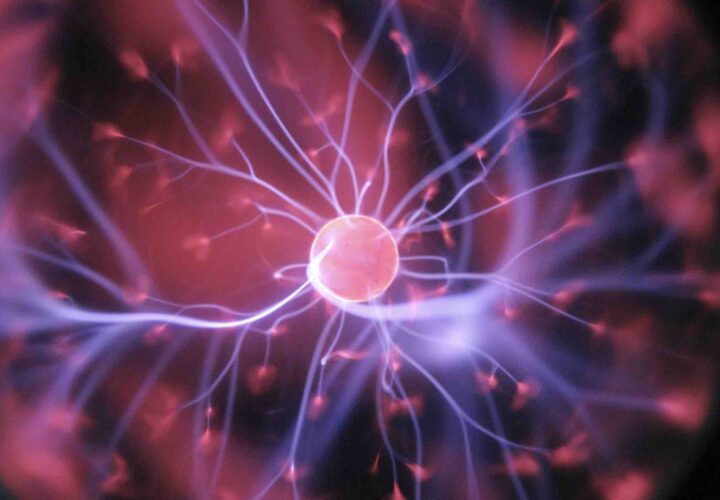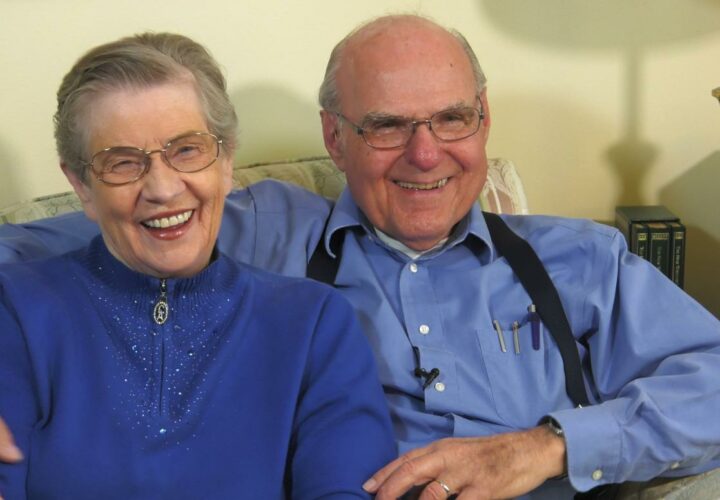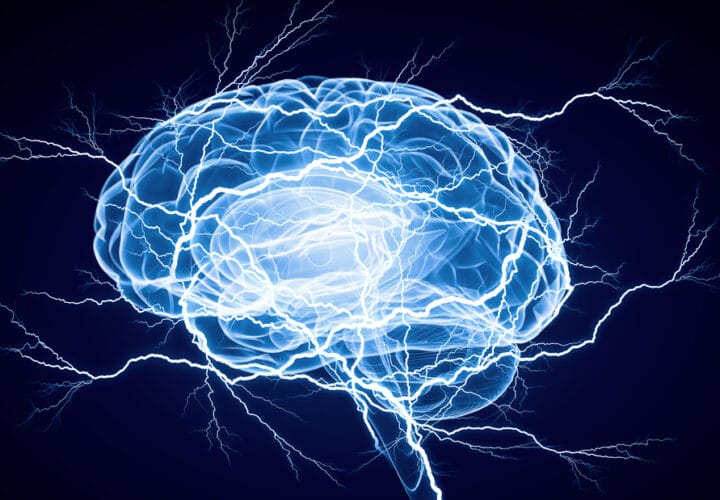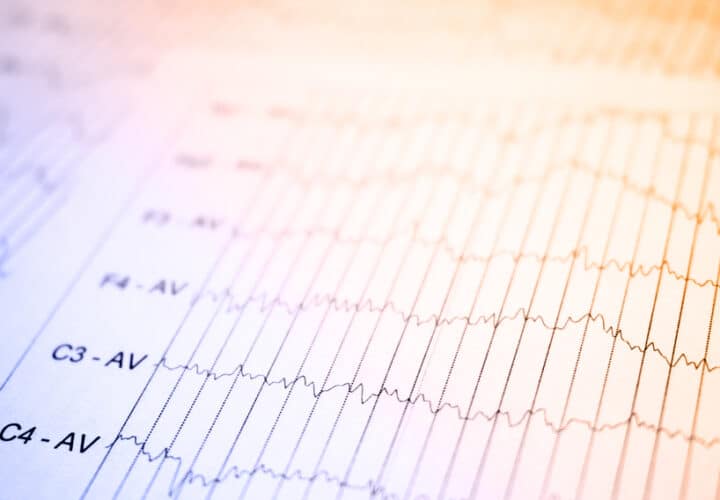An emerging brain technology — transcranial magnetic stimulation — offers a non-invasive way to change the brain for the better, using magnets. Proponents believe it might even have the potential to help with mild Alzheimer’s.
Hailed as affordable, painless, and convenient, transcranial magnetic stimulation (TMS) has become a great interest for its potential against neurological disorders. Approved by the Food and Drug Administration for treatment-resistant depression in 2008 and for certain migraine headaches in 2013, scientists are now exploring whether or not it could also help truly enhance memory and other cognitive performance for Alzheimer’s patients.
How does transcranial magnetic stimulation differ from traditional treatments?
Connections between specialized cells within our brain’s giant network become looser as we age and more prone to breaking apart, as is seen in the brains of people with Alzheimer’s. Over time, the disintegration of the brain network damages brain function — like memory — and interferes with daily tasks.
Because Alzheimer’s is such a complex disease, there is still much to be understood about exactly how it affects the brain. There is still no way to prevent or cure it. The few FDA-approved drugs that exist to treat it merely treat its symptoms or slow its progression.
On the other hand, researchers hope TMS may be able to actually restore the connections between brain cells. In response to high-intensity magnetic fields, brief electrical pulses can be stimulated indirectly in the brain. When successive pulses are administered rapidly, it is referred to as “repetitive transcranial magnetic stimulation” (rTMS), which can produce longer-lasting effects in brain activity.
A similar approach, called “deep brain stimulation,” is also being studied, but it requires a surgical procedure to place an electrode inside the brain, whereas TMS is non-invasive, eliminating the need for high-risk surgical procedures. It can be performed by simply placing a coil onto the scalp, while awake patients lean back and painlessly reap the benefits, and get back to life immediately afterward.
Electricity in the brain. Is TMS therapy safe?
A wealth of research from FDA-cleared rTMS treatment for depressive patients has supported that rTMS is a very safe and relatively well-tolerated therapy.
Of the patients who have gone through weeks or even months of rTMS treatment, most reported common, mild side effects such as headache or localized pain at the site of stimulation. Severe adverse effects such as TMS-provoked seizures and hearing impairments are very rare. A systematic review of randomized trials also revealed that only a few mild adverse effects were reported in both rTMS and control groups.
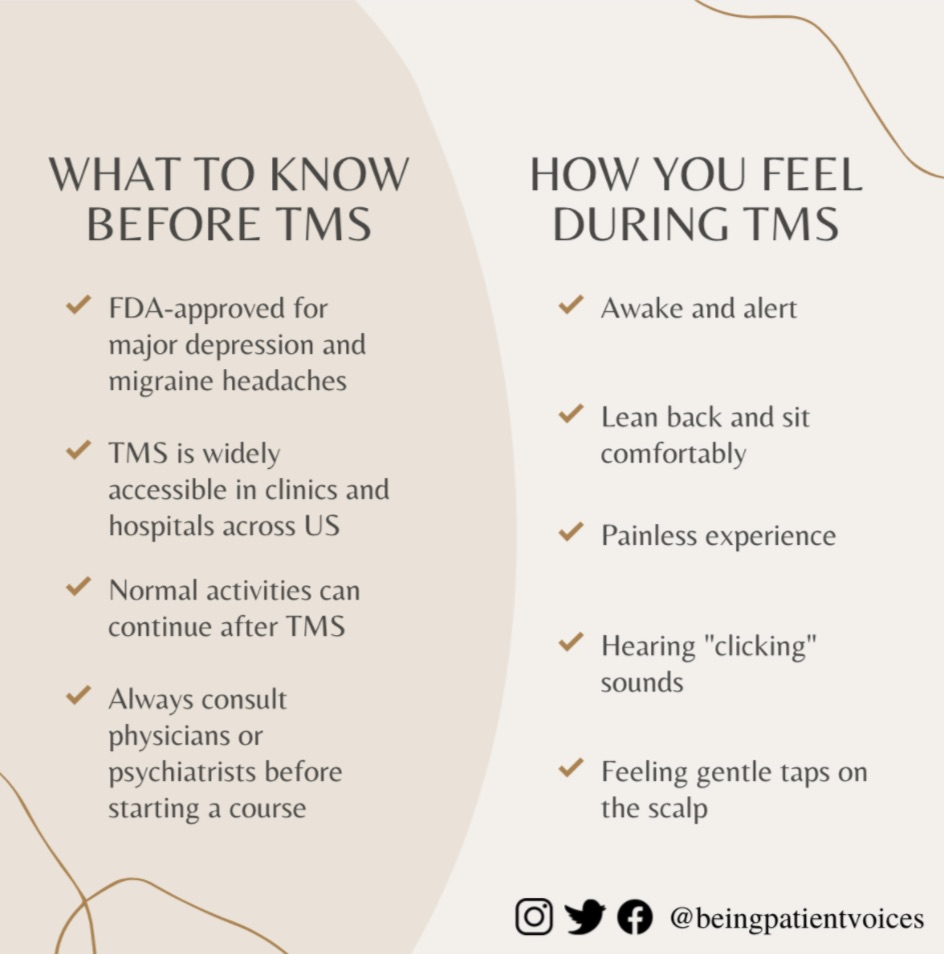
Despite its safety, TMS is not suitable for every patient. For instance, individuals with metallic or electronic implants, and pregnant women, are advised to consult healthcare professionals before treatment. Hence, it is necessary to consult and be evaluated by the physician or psychiatrist before scheduling for TMS treatment.
TMS’s Promising Results in Alzheimer’s Research
Despite TMS’s uncertain history with Alzheimer’s disease, newer research supports the idea that it could lead to improved memory and cognition in people living with Alzheimer’s.
One promising result from the Duke University of School of Medicine in 2019 revealed that the use of repetitive transcranial magnetic stimulation (rTMS) could help improve working memory. Researchers tested the ability of older adults and healthy young adults on performing a memory task called the “delayed-response alphabetization task (DRAT)” and found that both younger and older adults who had rTMS stimulation had better performance than those who did not receive rTMS stimulation.
Want to learn more about clinical trials
for Alzheimer’s and dementia?
Check out the Lilly Trial Guide.
In the same year, researchers from the Northwestern University Feinberg School of Medicine in Chicago showed that another form of TMS, short-term (25 minutes) low-intensity transcranial alternating current stimulation (tACS) can even help boost long-term memory and working memory performance in older adults. The team assessed recollection and recognition memory before and after five 20-minute sessions over five days, comparing full-intensity stimulation to low-intensity control stimulation. From the results, active stimulation led to, on average, a significant 31 percent improvement in recollection with stimulation relative to the control.
A systematic review of studies exploring the link between different modalities of TMS and modulating episodic memory found that TMS enhanced episodic memory in the treatment group but not the control group. Some patients have seen improvements in global cognitive scores that were sustained for at least a month and up to four months.
The independent scores returned to baseline six months after treatment, suggesting that long-term regularity of TMS may be required.
What’s next for TMS?
The long-term effects of TMS remain a crucial unanswered part since the technology is relatively new. That said, based on the immense evidence generated in just a few years, experts are hopeful that TMS could be effective in improving memory and other cognitive functions, provided that treatment is early and maintained.
After all, the rTMS maintenance treatment requires a high level of patient compliance, with the frequency of at least one session a week over several months. This can be an easy task for patients living in urban areas since rTMS is now widely accessible at clinics and hospitals across the United States especially in Los Angeles. Those residing in rural areas, however, may have to tediously spend countless hours driving in and out of the town for weekly rTMS treatment.
Non-invasive blood glucose monitors, wrist blood pressure watch, and inhaler machine at home… Today, medical health devices have been made much more accessible than ever. Perhaps a much less cumbersome, less expensive, and safe therapy — like at-home TMS — that can provide the same or even better therapeutic benefits with ease will be honorably needed in the future.
